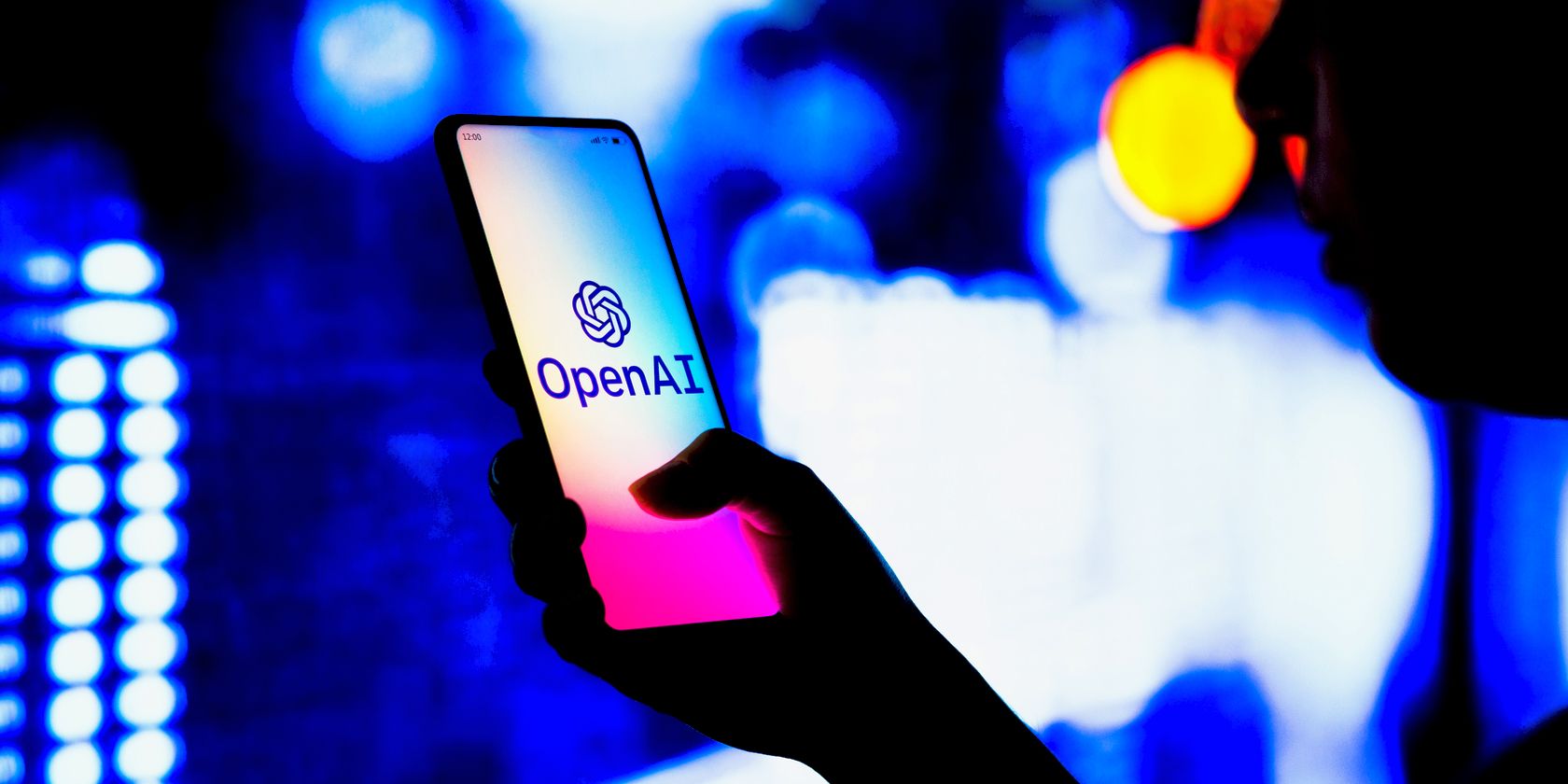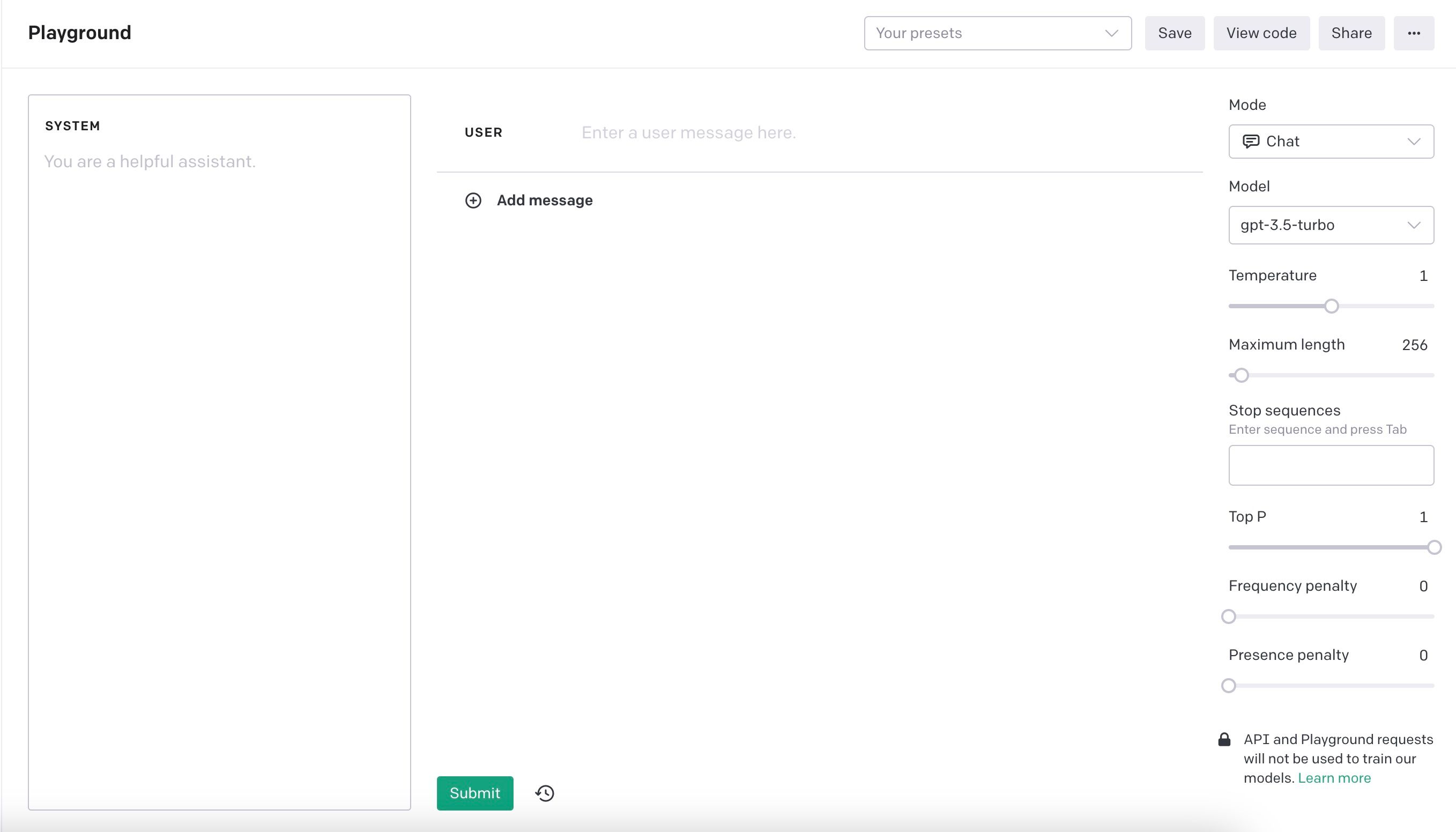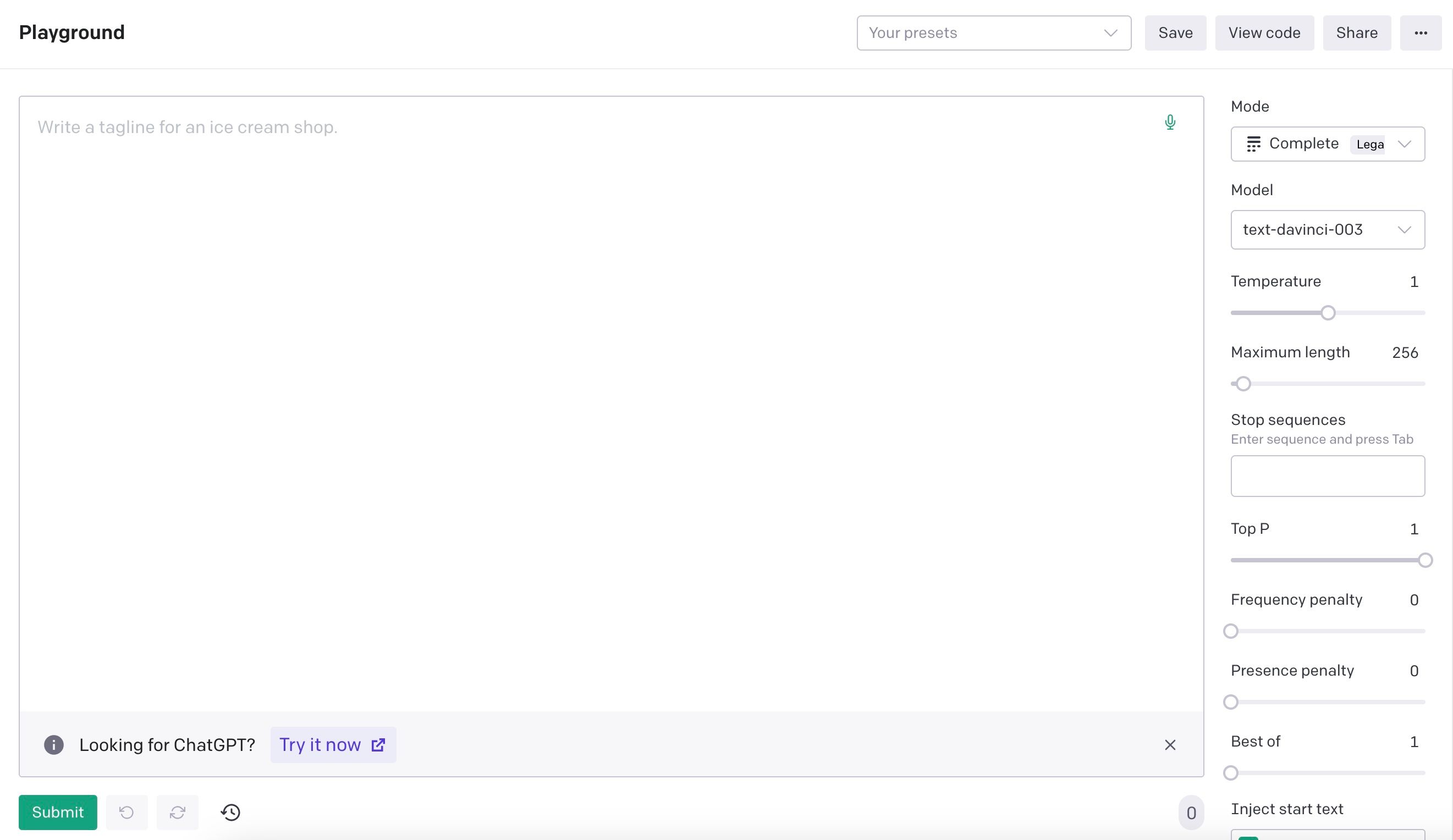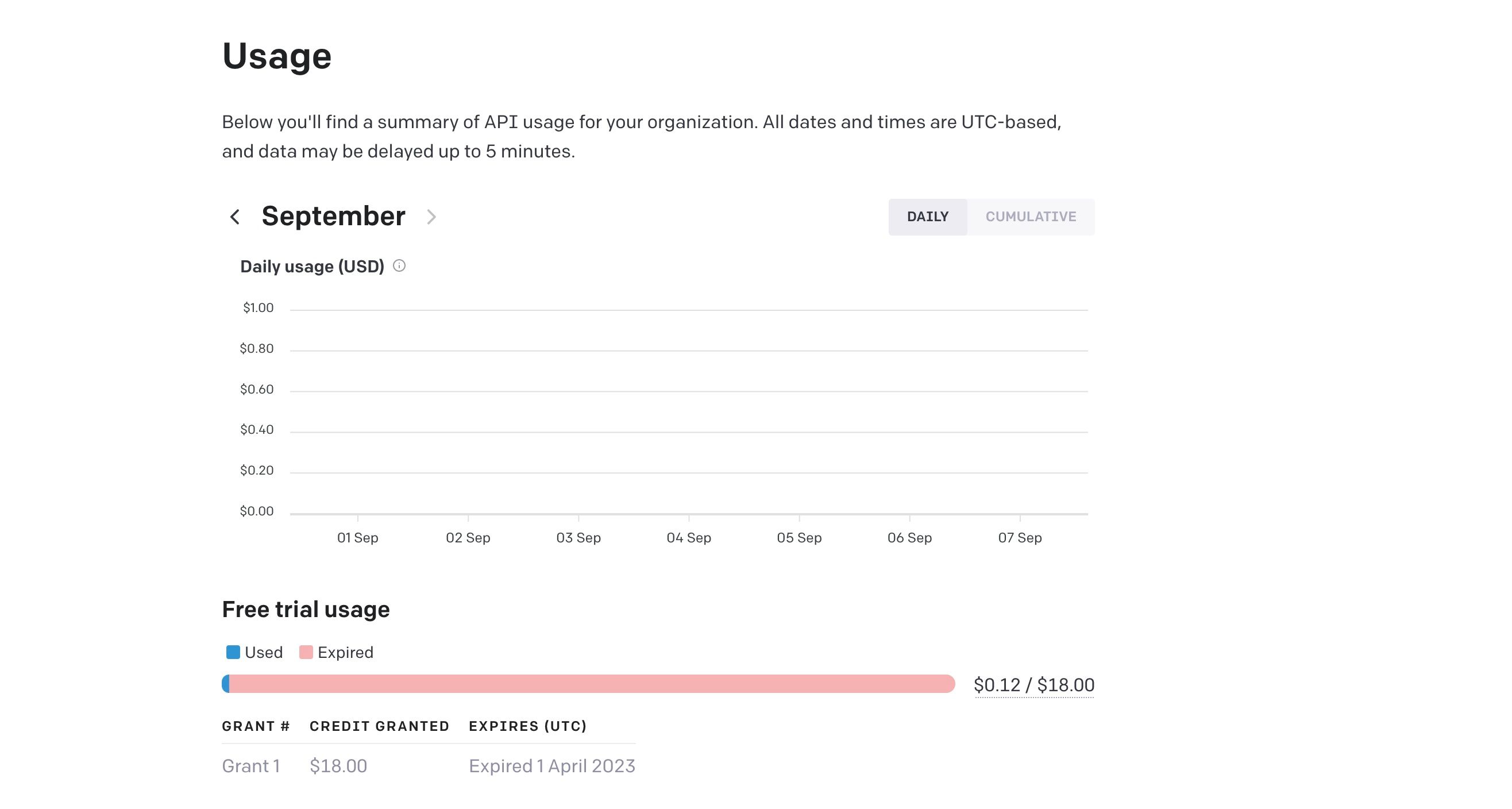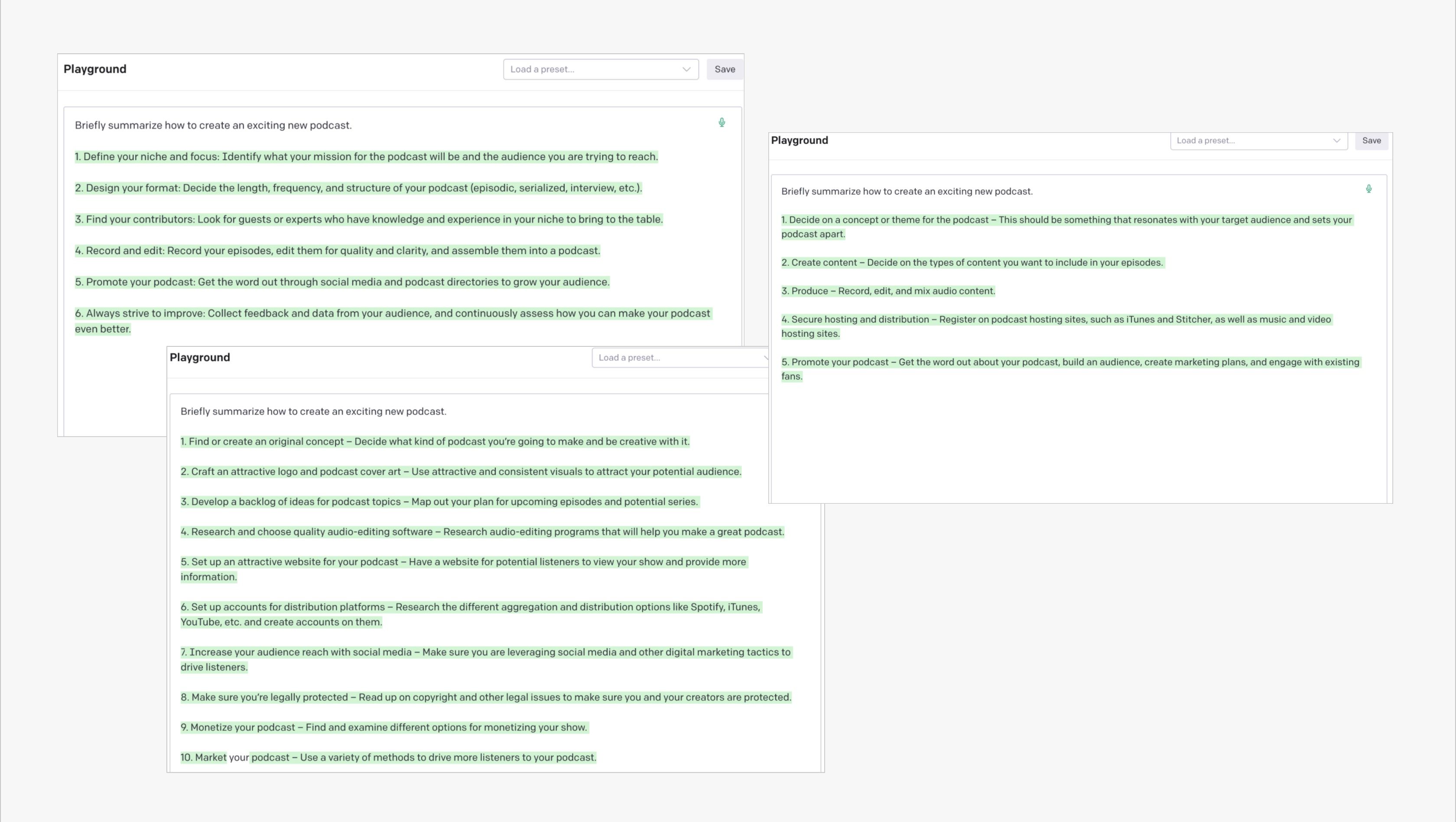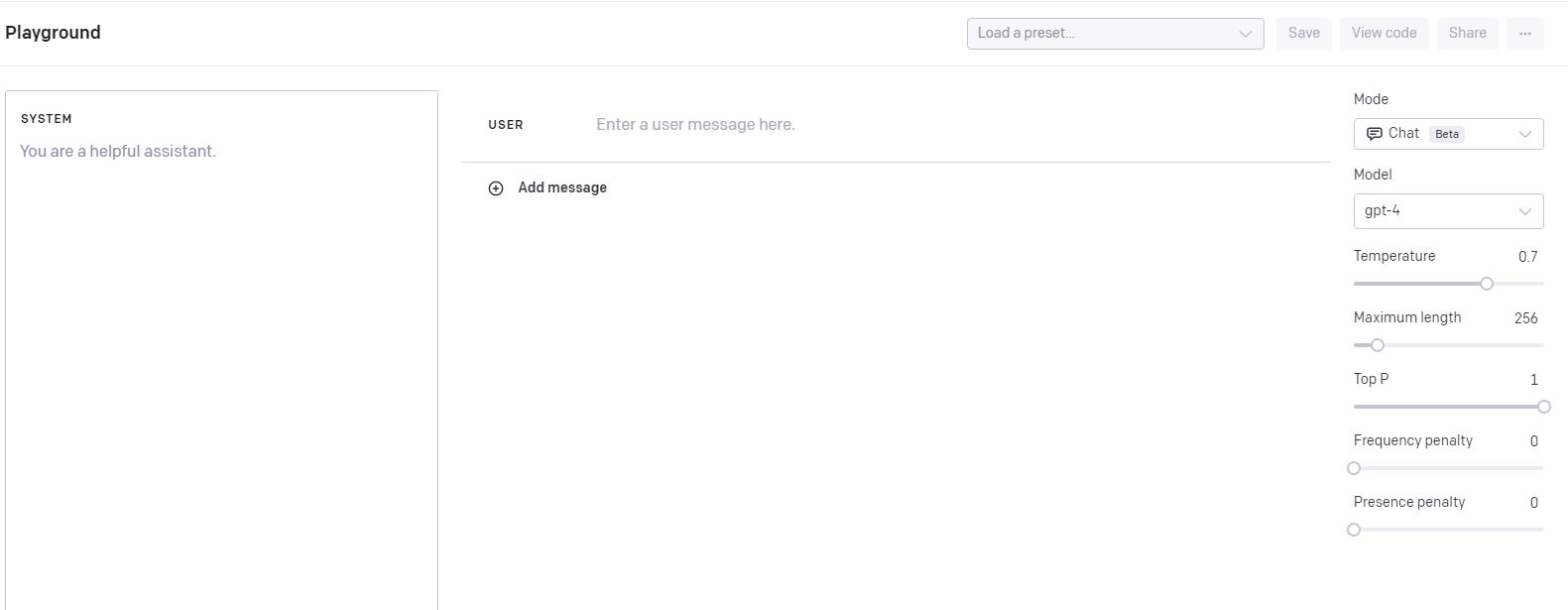You don't need to be a software developer to try GPT-3, the famous language model that can fool most people into thinking it's a human author. Get access by creating an account and heading to the OpenAI Playground to try it out for free.
On the surface, the website looks geared toward programmers, but we'll show you that it's just as accessible to someone with no coding knowledge. If you're waiting for the next GPT model to be released, why not spend some time experimenting in OpenAI's Playground?
What Is OpenAI Playground?
In November 2021, the waitlist was removed for GPT-3, allowing more people to use the OpenAI API. But what most people don't know is that a version of GPT-3 is accessible through the OpenAI Playground.
OpenAI Playground allows users to explore and experiment with OpenAI's artificial intelligence models, including GPT-3 (the precursor to GPT-3.5 that first powered ChatGPT and GPT-4, the updated version). From this site, you can also visit DALL-E to create AI images from text descriptions or experiment with all the different things you can do with ChatGPT.
So, how do ChatGPT and OpenAI Playground differ?
ChatGPT is the front-facing implementation of GPT-3.5 and GPT-4, allowing users to interact with the language model and generate responses. Whereas OpenAI Playground is more akin to a development tool and comes with more options and flexibility that allow for the testing of specific models (perhaps before being integrated into a project or for research projects).
Now, want to give it a try? Here's how you use GPT-3 in OpenAI Playground.
1. Create an Account
- Head to OpenAI and click Get Started.
- Follow the signup instructions. You must input your email and a valid mobile number and answer a quick question about why you want to use OpenAI.
-
Once that's done, click Playground from the navigation menu at the top of the screen. It will bring you to the Chat mode page, with some adjustable settings in the sidebar.
2. Enter a Prompt
To use GPT-3, you will need to enter what's called a prompt. A prompt could be a question, an instruction, or even an incomplete sentence, to which the model will generate a completion.
First, click on the drop-down menu under Mode and select Complete. Type your prompt into the large, empty text box, then click Submit. Wait a few moments for the system to process your request; before long, it will generate an answer.
You can also experiment with the Edit mode, which you can use to submit a text and check for grammatical errors.
To get the most out of GPT-3, you will need to think of a good prompt. Good prompts are specific and give context to help GPT-3 generate an appropriate answer. As a demonstration, we asked GPT-3 to "list a few names for a small dog."
The response listed different names for small dog breeds like Poodle, Chihuahua, and Yorkshire Terrier. However, we were hoping to get some suggestions for pet names. So let's try again, this time using the keywords "pet names" and "small fluffy dog."
This time, the results turned out closer to what we imagined with a list of names like Biscuit, Fido, and Gizmo.
3. Experiment With Different Ideas and Prompts
Asking GPT-3 to suggest a few names for your pet dog is just the tip of the iceberg; there is so much more you can do with it, including generating content, summarizing information, and translating text. There are plenty of creative uses for GPT-3, from writing a bedtime story for your children to creating a social media bio text.
These days, AI is finding its way into all sorts of apps. You can check out all the things you can do with ChatGPT, which, as mentioned, is an AI chatbot built by the same company and developed using the GPT-3 language model.
4. Keep Track of Your OpenAI Playground Credits
Before getting carried away with using OpenAI Playground, quickly look at your usage stats to see how many credits you have to spend. In the top right corner of the page, click on Personal > Manage account, then click Usage from the navigation bar on the left.
Tokens are used to calculate the fees, and they are based on how many words, or groups of characters, you use in a prompt; this also includes the text result you get from GPT-3. You can see how many tokens you use each time in the bottom right of the text box area.
Tokens are then translated to dollars, of which you have $5 to spend in the first three months (previously $18). It's a strange pricing model to wrap your head around at first, but what matters is that it's more than enough to play with. When we tested it out over a couple of days, we only used $0.11 from our total.
5. Switch to a Different GPT Model
Davinci, Curie, Babbage, and Ada are the names of the different models you can choose to power GPT-3. You can select Model in the settings bar on the right of the text box to switch between them.
By default, it's set to the Davinci model, but selecting other models has the benefit of costing less and working faster to complete prompts. In general, sticking to Davinci will give you the best results when understanding context and producing complex and creative answers.
If you want to try the other models out for a lower cost, here is a summary of what they are good for:
- Curie: Costs less than Davinci and can process requests faster. It's particularly useful for tasks such as translation, answering direct questions, extracting important information, or summarizing technical information into bullet points.
- Babbage: Costs less, is very fast, and is great at creating text if you give it repeated examples and information. It can find straightforward patterns in text, and in terms of creative tasks, it's good for completing sentences, generating basic story plots, or helping you to brainstorm ideas.
- Ada: The fastest model in the family with the lowest costs; use this model if you don't require precise answers. It's especially recommended for creative applications rather than generating detailed and exact information.
Remember that you'll still incur costs for each model you choose, but the cost per token will vary.
6. Improve Your Results
The Temperature setting is a key parameter to play with if you want to fine-tune your results. When the temperature is set to zero you will get the same answer from GPT-3, even if you resubmit the exact same prompt. Raising this number will result in more varied and unpredictable answers.
One way to remember what it does is to use an analogy. We can say that setting the temperature to zero gives you a cool, calm, and collected result. On the other hand, increasing the temperature to 1 will give you hot results that are varied and unpredictable.
To demonstrate this parameter, we asked GPT-3 to briefly summarize how to create an exciting new podcast. With the temperature set to zero, the answer was the same no matter how many times we hit the Regenerate button. By contrast, when we changed the temperature to 1, we got plenty of varied results that offered slightly different steps.
This is a great parameter to play around with if you want to use GPT-3 to generate ideas, such as brainstorming video ideas for YouTube or generating new social media posts. Understanding this one setting can help you to fine-tune the results you get from GPT-3.
There are lots of ways that an AI language model can help you in day-to-day tasks. For more handy tools to help you write, check out the best AI writing extensions for Google Chrome.
Can You Use GPT-4 in OpenAI Playground?
When OpenAI released GPT-3 to the world, the pace of development drastically picked up in the field of generative AI. Within several months of GPT-3 being open to the public and the launch of GPT-3.5 through ChatGPT, OpenAI announced GPT-4, bringing new functions to the artificial intelligence model.
Among GPT-4's best new features is the ability to submit images to the model, which it can understand, discuss, and respond to through text. It's an incredible new advancement that makes the system multi-modal.
Currently, only users with access to OpenAI's GPT-4 API can use the GPT-4 model in OpenAI Playground if they've spent $0.50 or more for accounts created after August 18, 2023, or $1 or more for accounts created prior to this. Alternatively, if you have a paid subscription, you can use GPT-4 on ChatGPT.
It's becoming standard practice for companies like OpenAI to control the release of new models by using research previews and limited wait lists. It's also prioritizing access to developers who have strong ideas for how they might implement the technology in an app, for example.
This is one reason why it's still worth playing around in GPT-3. There are many people who are curious about generative AI and want to try it out for fun. So, while you wait for the latest model to become available, GPT-3 is your playground.
OpenAI Playground: Open to Everyone
You don't need special knowledge of machine learning systems to play around with GPT-3. It's simple to use and easy to fine-tune; all you have to do is start with a prompt.

